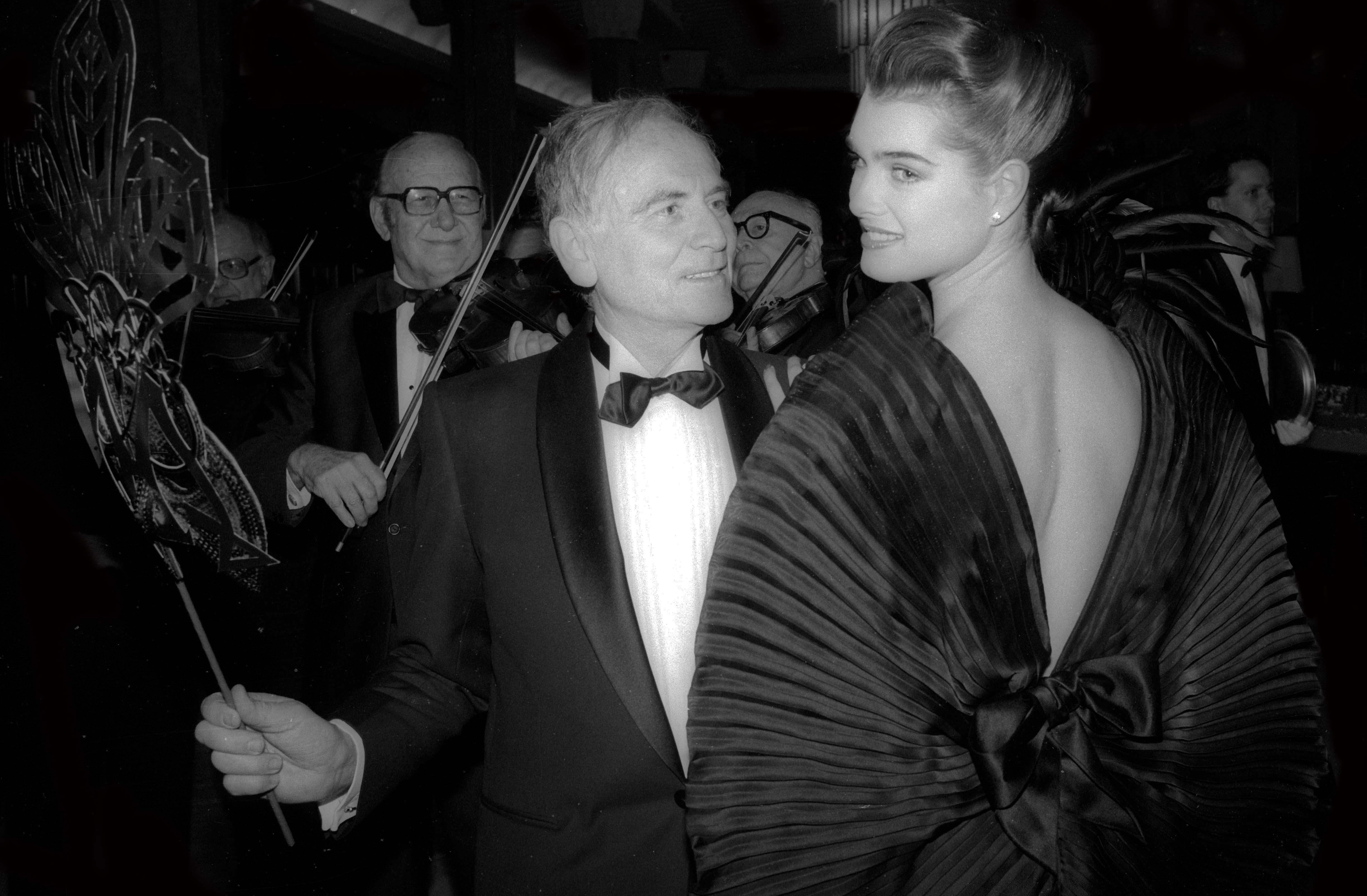Who knew that Paris, the City of Lights had a seedy, risqué side?
Look past the strapping icons of its Arc de Triomphe and its Eiffel Tower, past its romantic Seine and her star-crossed lovers, and dig deeper into the city’s 9th arrondissement. This is where love and lust (mostly lust) really happens.
Pigalle is, in the genuine sense, a neighborhood of duality. It is a veritable yin and yang of classy and sleazy, light and dark, expensive and cheap. It is not an exaggeration to say that one can enjoy fine dining through one door, then pop into the next building for a nefarious striptease.
A Decadent History
As the sexual revolution blazed its way through Europe in the 1880s, Paris became one of its guiding lights, and the Pigalle neighborhood led the way by being the one area where all of the illicit debaucheries of the world could be experienced, as long as you were willing to pay the price. Not only did the champagne flow, but the peep shows did not bother to be reclusive – rather they shouted loud and proud – and the people flocked to them in response.
Well, there must have been something irresistibly seductive about it all, because as the years wore on, many foreigners moved into the area, and today it is one of the most diverse and eclectic districts in Paris.
What to See and Do
If it’s nightlife you’re after, begin your adventure at the corner of Rue Victor Massé and Rue Frochet and follow your nose. The scene changes every night, yet remains the same in that you will never want for entertainment and great food.
Some great cocktail joints include the brightly lit lobby bar in the Grand Pigalle Hotel. Then bar hop up the street to Dirty Dick for a delectable range of fruity concoctions. A bit of flair and maybe even a bit of fire is involved when the bartenders sling their drinks.
Then for something that your eyes can feast on (if it’s not a lap dance), head on over to Hotel Amour and peruse the phallic iconography and nude prints of Ryan McGinley. Then simply walk along the string of sex shops to get an idea of all of the seediness that happened back in the day.
But if you’d rather keep your nose clean, Pigalle does not disappoint in the way of daytime adventures. Museum-goers will enjoy The Musee de la Vie Romantique, on the border between Pigalle and Montmartre. This exquisite mansion features a large collection of furniture, paintings, artifacts, and manuscripts from the romantic era. The outside garden offers a quiet respite from the excitement of the day.
The almost-hidden Phono Museum down boulevard de Rochechouart is for lovers of early music history.
For shopping, head south of the main strip and browse the vintage shop of Noblesse. And for arguably the best cappuccino in Paris, stop by Le Bal Café, which also includes a tasty food menu.
And who can forget the Moulin Rouge? Originally a windmill house, it burned to the ground in 1915 and was rebuilt to the structure we know and love today. For over 100 years, it has remained an opulent cabaret house, but be prepared to pay for their nightly shows. And if you’d rather not part with your money, there are free walking tours available during the day, taking you through its illustrious history.
A Timepiece to Remember Pigalle
Now imagine wearing the electricity and sophistication of Pigalle and the Moulin Rouge on your wrist. Our bestselling range of Pigalle watches by Pierre Cardin combines the decadent magic of Pigalle with the simplicity of a classic timepiece.
For men: https://www.pierrecardinwatches.com/collections/pigalle-mens and for women: https://www.pierrecardinwatches.com/collections/pigalle-plissee


Leave a comment